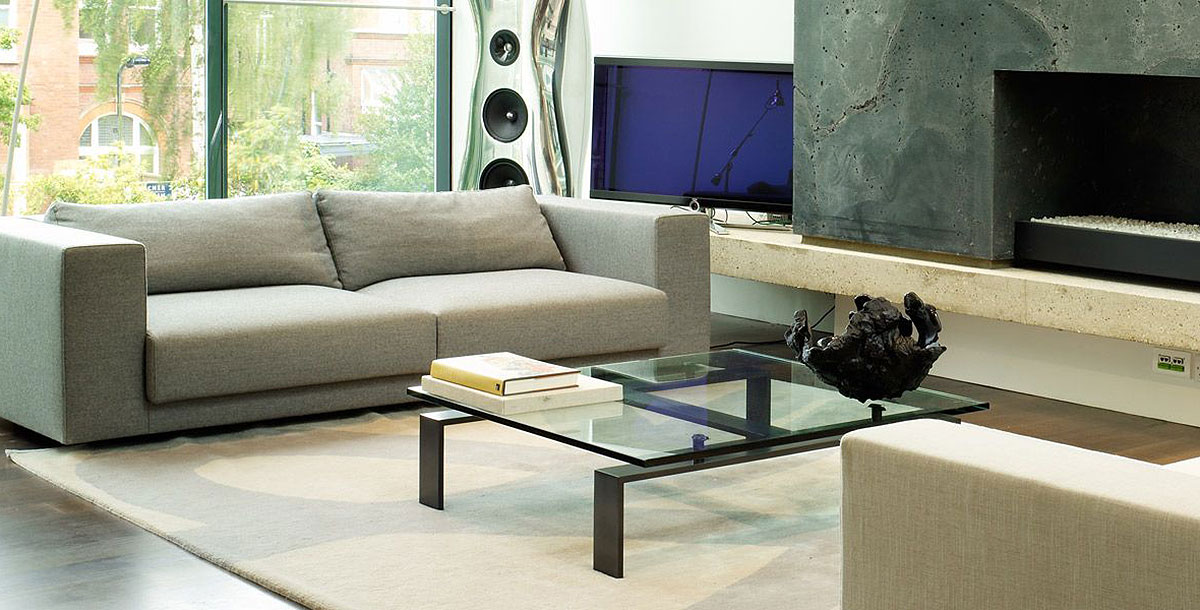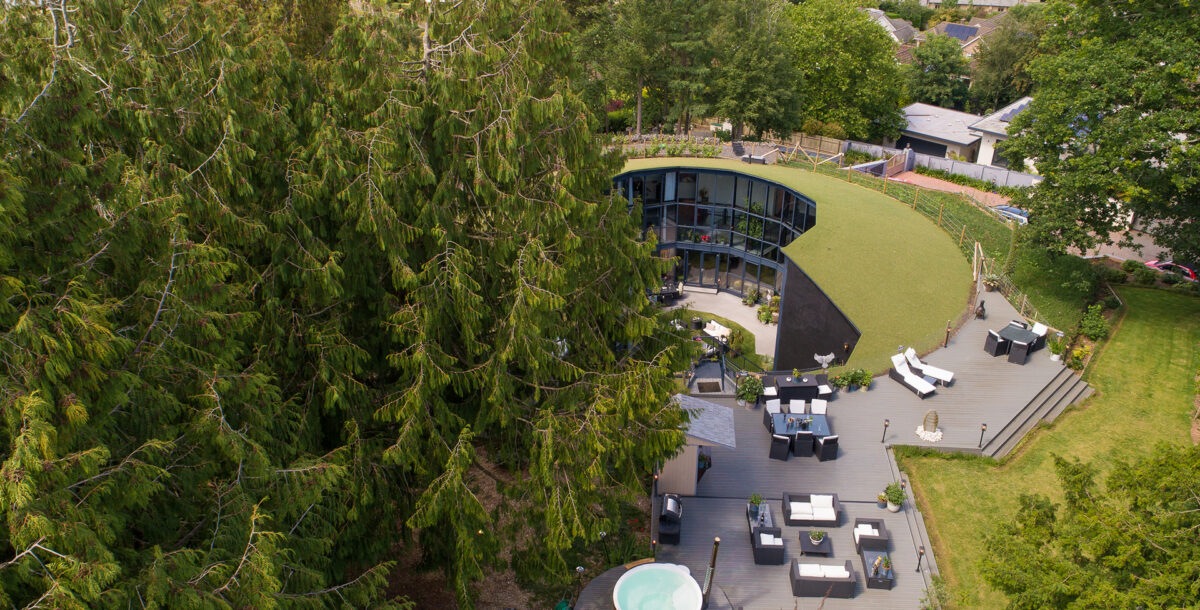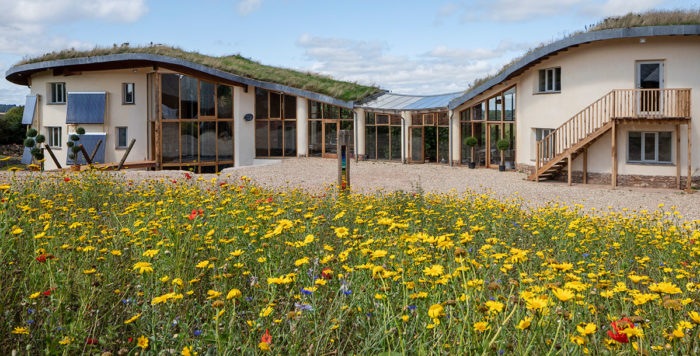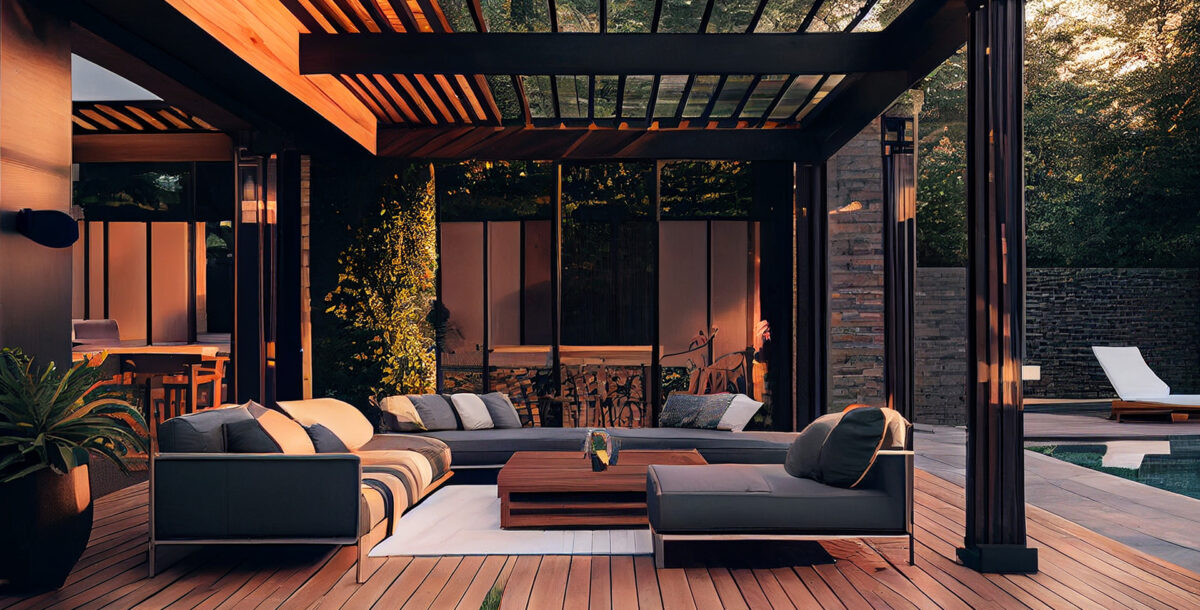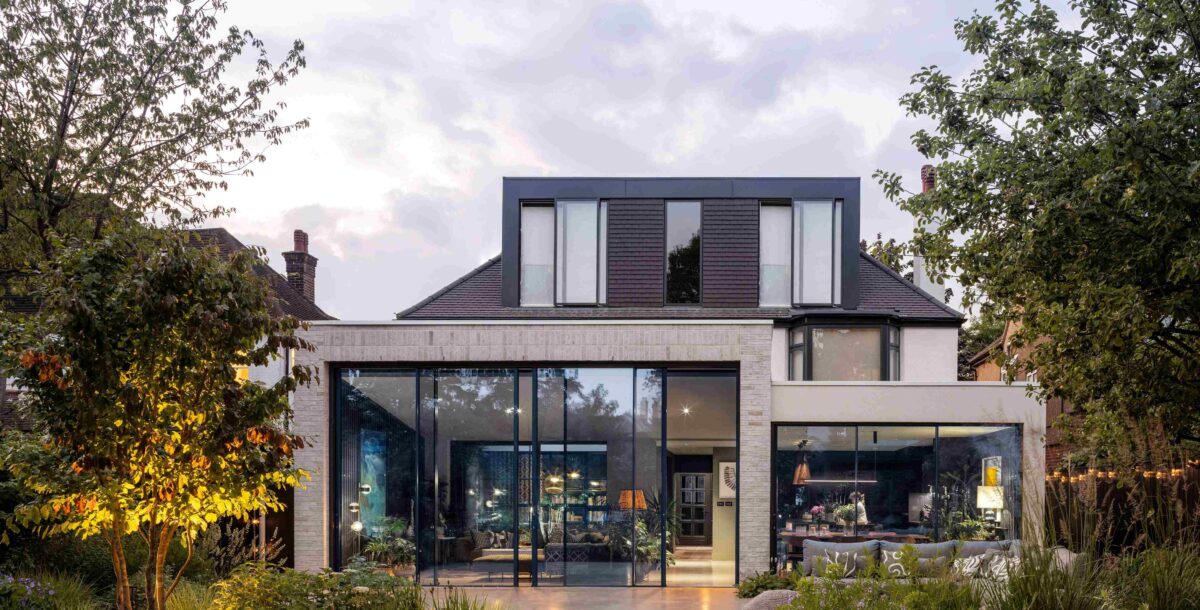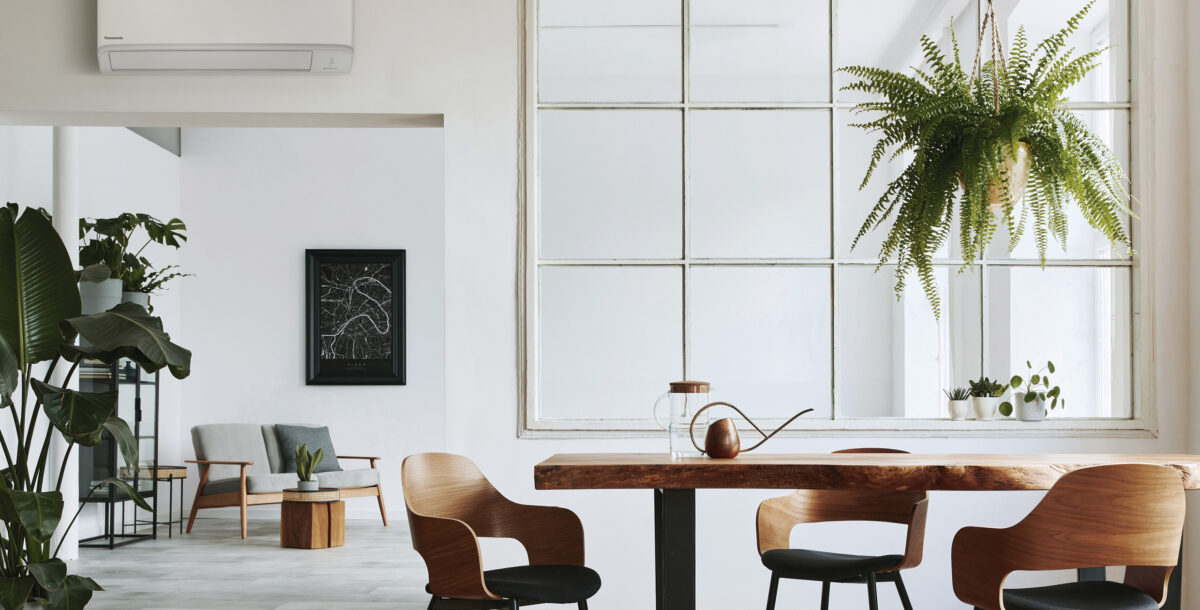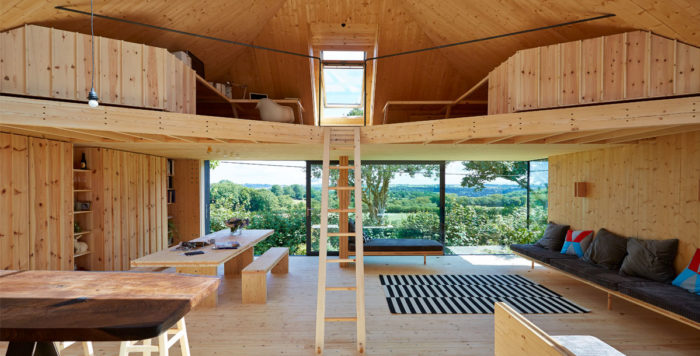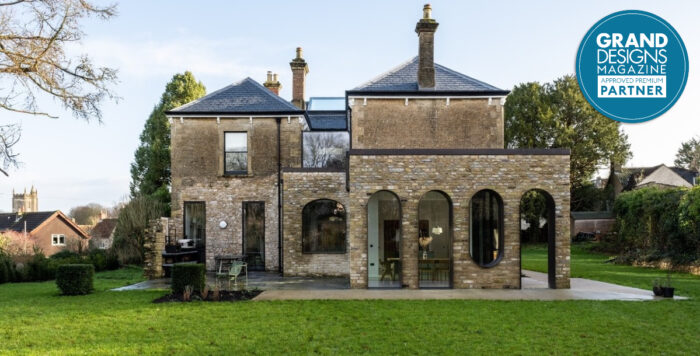Buyers guide to composite surfaces
Man-made materials are now more versatile and durable than ever
Manufactured materials haven’t been utilised a great deal in the residential market, aside from those stylish surfaces seen in high-end kitchens and bathrooms. But this is set to change.
While natural products will always have their place in interior design, composites are becoming increasingly popular for their versatility and durability. Nothing else can provide the seamless finishes required for so many projects – from walls and flooring to furniture.
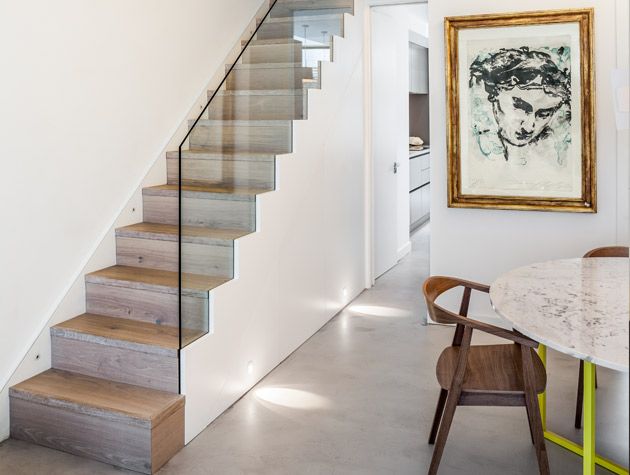
Photo: Leo Torri
What is a composite?
This term generally refers to materials formed by combining ingredients such as quartz and minerals with resin. The ratio of the ingredients will dictate how flexible the product is and how it is shaped and joined, or whether it can be poured.
Most products (apart from tiles) must be fabricated and installed by specialists, usually through approved dealers.
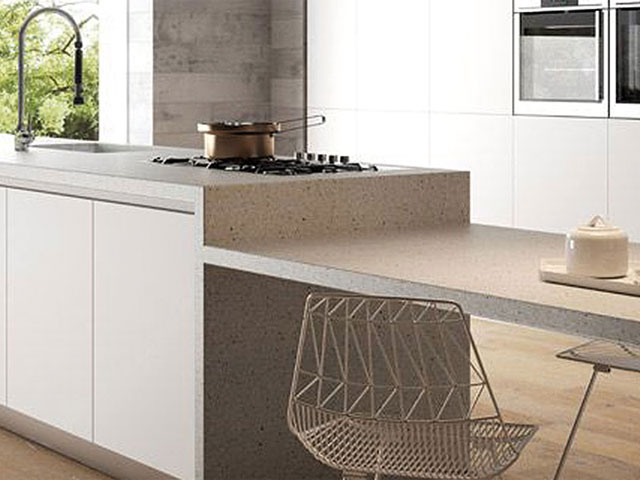
Photo: Leo Torri
Poured flooring
Any poured concrete finishes should be planned in early, preferably before the doors are fitted. It is available in many colours (as well as grey) and finishes, from honed to polished.
Hard-wearing and easy to clean, concrete can be used inside and out for a seamless effect, while indoors, underfloor heating can give it a surprisingly warm feel. Expect hairline cracks but regular maintenance and resealing will retain its looks.
Polished concrete can also be used to cast products, such as furniture and sinks. Concreations and others offer off-the-shelf pieces, too. For a similar effect, polished plaster and micro-concrete are trowel-applied as a coating for walls, floors and furniture.
Mineral finish
Quartz and engineered stone surfaces are popular choices for kitchens and bathrooms, as well as flooring. Usually; cheaper than solid stone, they are non-porous so easier to maintain.
Manufacturers are now able to replicate the real thing and there’s a wide choice of designs and colours, though these materials can’t be moulded or have seamless joins. ‘Thanks to its high durability and resistance to heat, stains and scratches, this type of surface is ideal for tough spaces in kitchens, bathrooms and on walls,’ says Laurie Davie, marketing manager for Cosentino UK.
Terrazzo, increasingly popular, is either resin- or cement-based and comes in sheets, tiles or liquid form for pouring. It lasts indefinitely, with a variety of options for bespoke effects – terrazzo can be dyed with coloured glass or other materials, and semi-precious stones can be added.
‘Resin-based terrazzo is expensive but less likely to crack,’ says John Krause, managing director of Diespeker and Co. ‘It’s essential to ensure your building has a good substrate as it’s a heavy choice for flooring.’
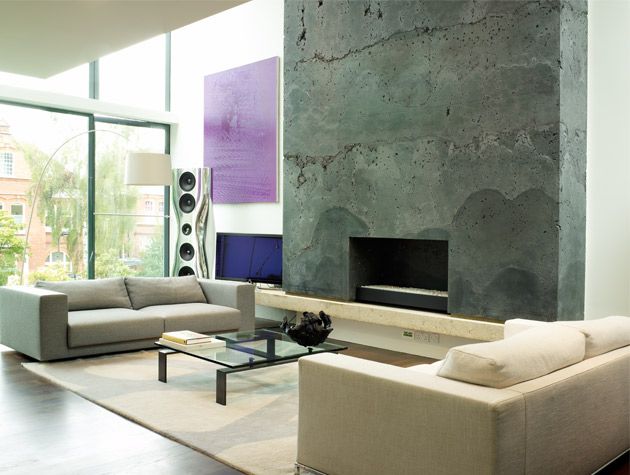
Photo: Leo Torri
Smooth curves
If you need a more malleable product, composites with a higher resin content, such as Corian, can be shaped as desired. It creates seamless surfaces, integrated sinks and fascias and is available in more than 90 colours.
Hi-Macs by LX Hausys can be used to make virtually anything, even external cladding. It’s almost as robust as stone, but it can be sawn, routed, drilled and sanded.
Eco options
Composites include a high percentage of recycled materials, from the stone offcuts in terrazzo to the waste marble and granite in aggregates. Other eco-friendly products include Newspaper Wood, which resembles the aesthetics of real wood; Trex composite decking, made from a blend of 95 per cent recycled timber and plastic; and Richlite’s resin-infused recycled paper surfaces.
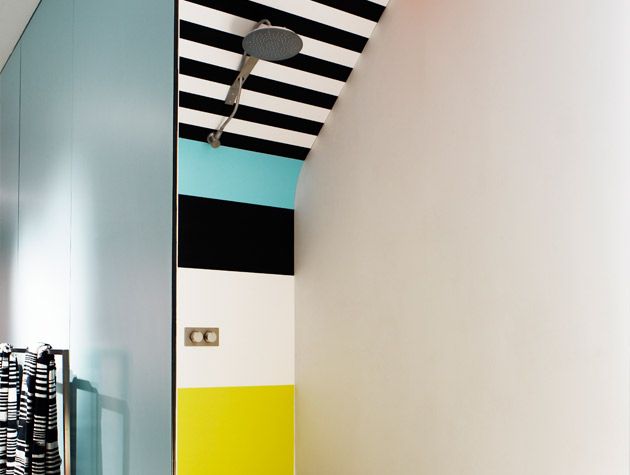
Photo: Leo Torri

